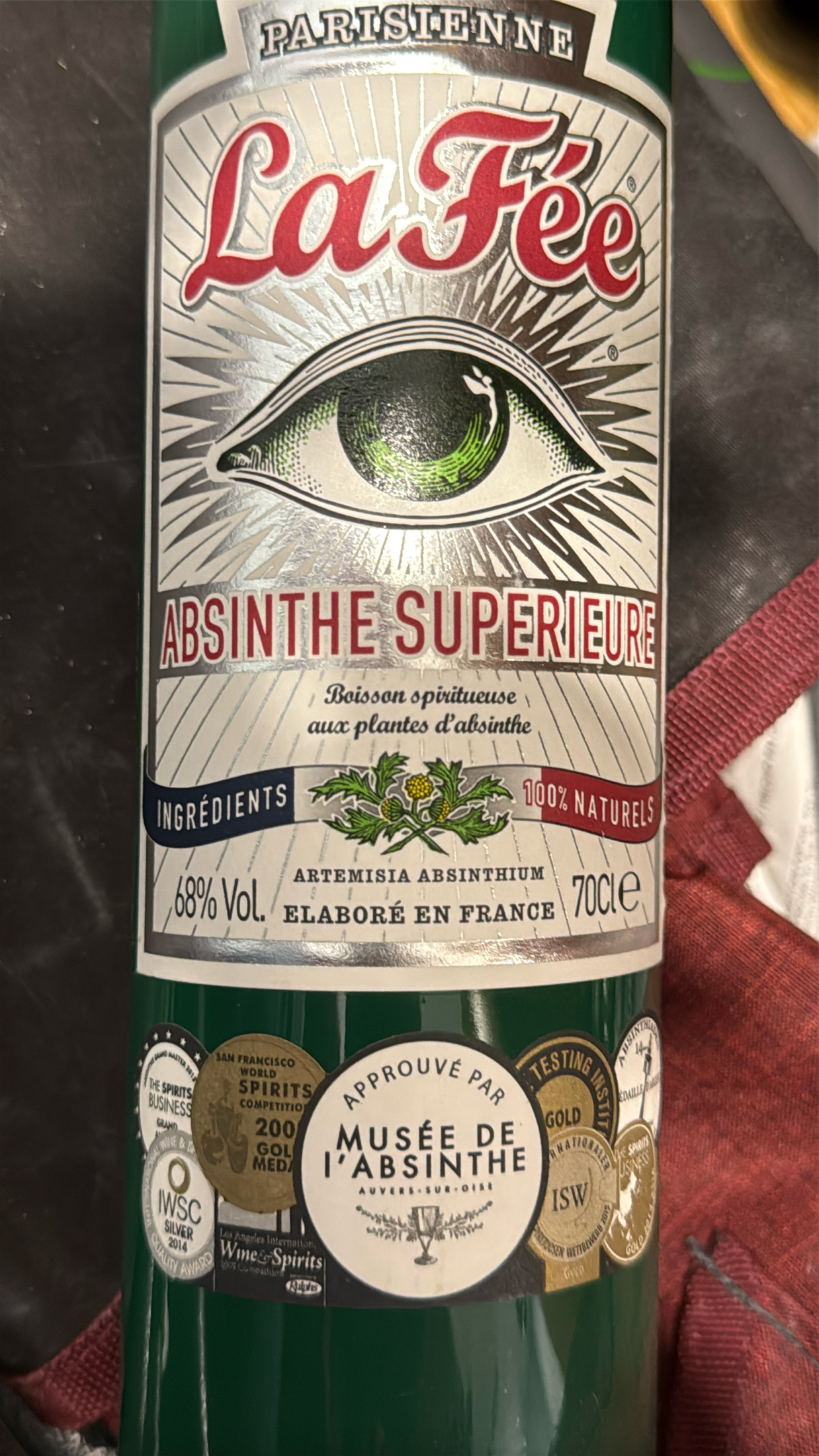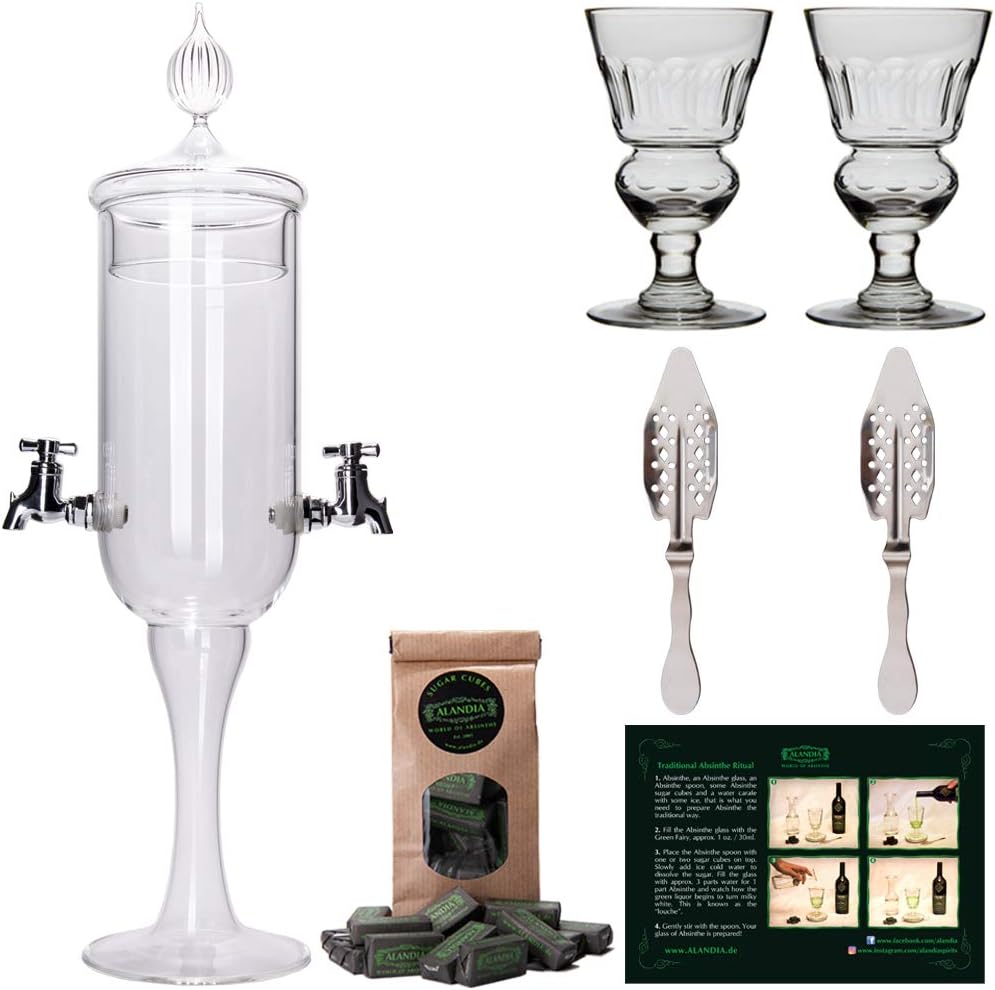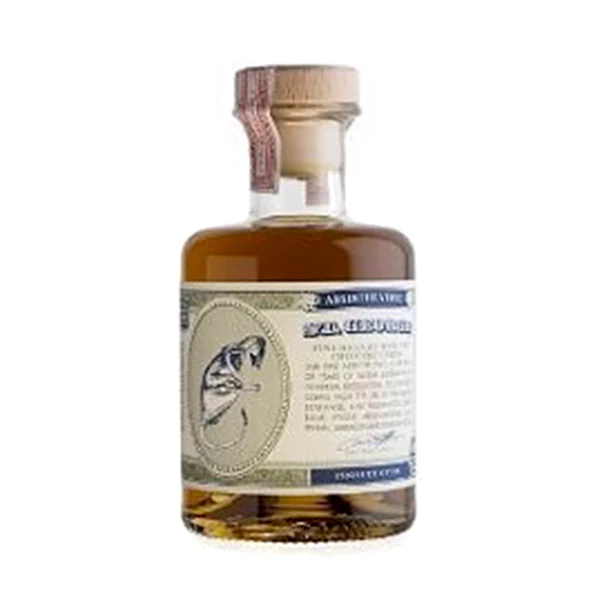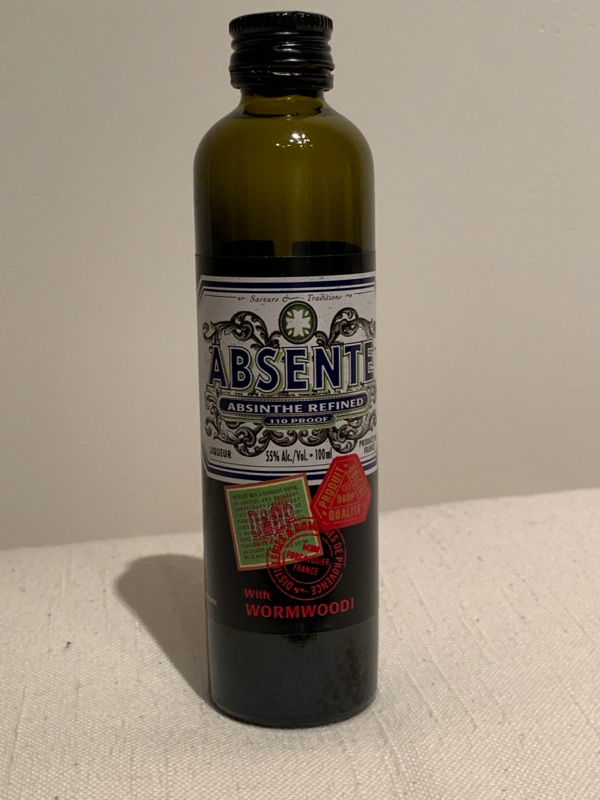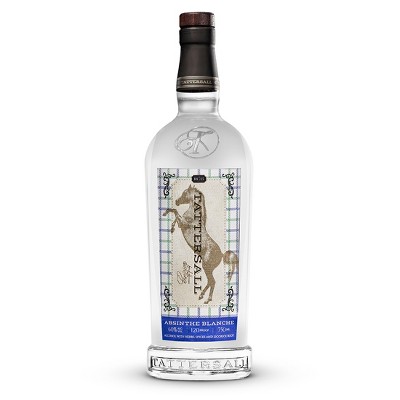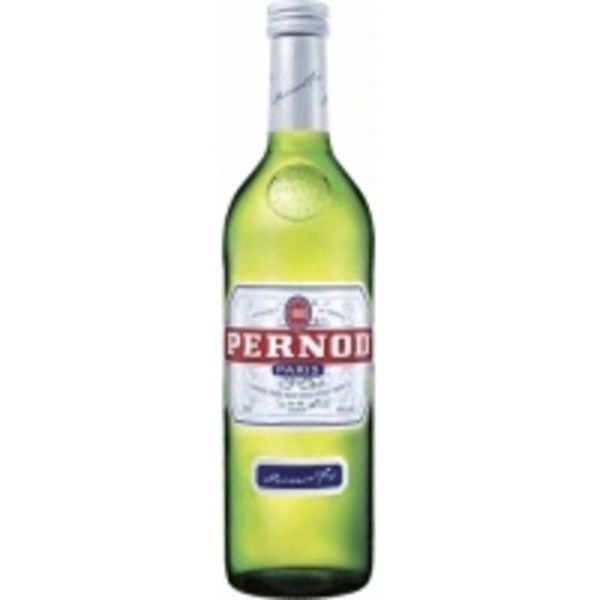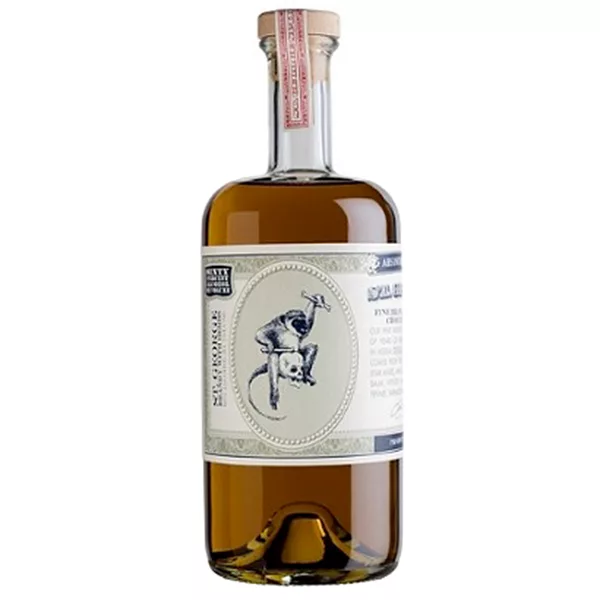COCKTAILS
Absinthe
Absinthe is a potent and iconic alcoholic beverage that hails from Switzerland, and is most popularly associated with France. Known for its distinctive bright green hue, absinthe is derived from botanicals such as wormwood, anise, and fennel, which give the drink its key flavors; an intense black licorice taste with a mild bitterness.
Traditionally consumed as an aperitif before a meal, absinthe is served using a specific ritual involving a sugar cube and a perforated spoon. The drink's potent and complex taste, as well as its intriguing history of being once banned in some countries, make it a popular choice for adventurous home mixologists seeking to explore vintage and eclectic cocktails.
99%
CARBS
1%
FAT
0%
PROTEIN
23 Absinthe Products
Absinthe Is Frequently Used With
Absinthe FAQ
When cooking with absinthe, most people find themselves facing several challenges. Firstly, due to the anise content, absinthe tends to louche, or become cloudy, when combined with water or any other liquid. This is a natural reaction and does not affect the quality of the cocktail. Rather, it enhances the flavor profile, creating a layered drinking experience.
Another common misunderstanding is around its high alcohol content, which are usually astonishingly potent, often ranging from 45% to 74% ABV. This can make it overwhelming when consumed straight, which is why it's typically diluted and drunk as part of a cocktail.
One mistake people often make is assuming the green fairy myths associated with absinthe. Absinthe does not cause hallucinations. The myth started in early 19th-century France when absinthe, then a new drink, was associated with bohemian culture.
To extract maximum enjoyment from absinthe, it's important to respect its strong, distinct flavours. Pairing it correctly in cocktails is key. For instance, it works very well with citrus notes and sugar which complement its strong anise flavor.
Little known tip: Pouring water over a sugar cube placed on a perforated spoon into a glass of absinthe (a traditional method known as the Absinthe Ritual) could be your makeshift waterfall or fountain at home. This method allows the sugar to dissolve slowly, enhancing the aniseed flavor while offsetting the bitterness of the wormwood.
What mixers go well with absinthe?
Can I drink absinthe straight?
How does absinthe louching work?
Is absinthe only used in cocktails?
Does absinthe really make you hallucinate?
What does absinthe taste like?
What color is absinthe supposed to be?
What is traditional absinthe serving method?
Is absinthe used in cooking?
Why was absinthe banned?
Expiration & Storage Tips
When does absinthe expire?
Unopened absinthe can last indefinitely due to its high alcohol content which acts as a preservative. Once opened, a bottle of absinthe can remain good for up to 3 to 5 years if stored properly in a cool, dark place. Since freezing alcohol alters its texture and taste, this is not commonly practiced for something like absinthe.
How do you tell if absinthe is bad?
Telling if absinthe has gone bad can be somewhat challenging as there are not many obvious signs unlike other food or beverage items. Look for color changes, a thick texture or any inconsistency in the liquor. Another sign can be a change in taste, so if the licorice-like flavor seems to have faded or changed dramatically, it may be time to dispose of the bottle.
Tips for storing absinthe to extend shelf life
• Store your bottle of absinthe upright in a cool, dark location. This could be a pantry, liquor cabinet, or basement.
• Avoid exposing the absinthe to light for prolonged periods of time as this can cause the green color to fade and will affect the flavor. Don't store in window sills or other bright locations.
• Ensure the bottle is tightly sealed after each use to prevent oxidation. This will maintain its quality and extend its shelf life.
• Do not refrigerate or freeze absinthe. Its high alcohol content means it's less likely to spoil, and freezing not only alters the texture and taste but also causes the botanicals to fall out of suspension, which can alter the appearance and taste.
EXPIRES WITHIN
27 - 27.4
YEARS
Substitutes
Health Info
Macros
12g
CARBS
0g
FAT
0g
PROTEIN
Allowed on these diets
LOW FAT
HIGH CALCIUM
VEGETARIAN
LOW CARB
VEGAN
LACTOSE FREE
GLUTEN FREE

